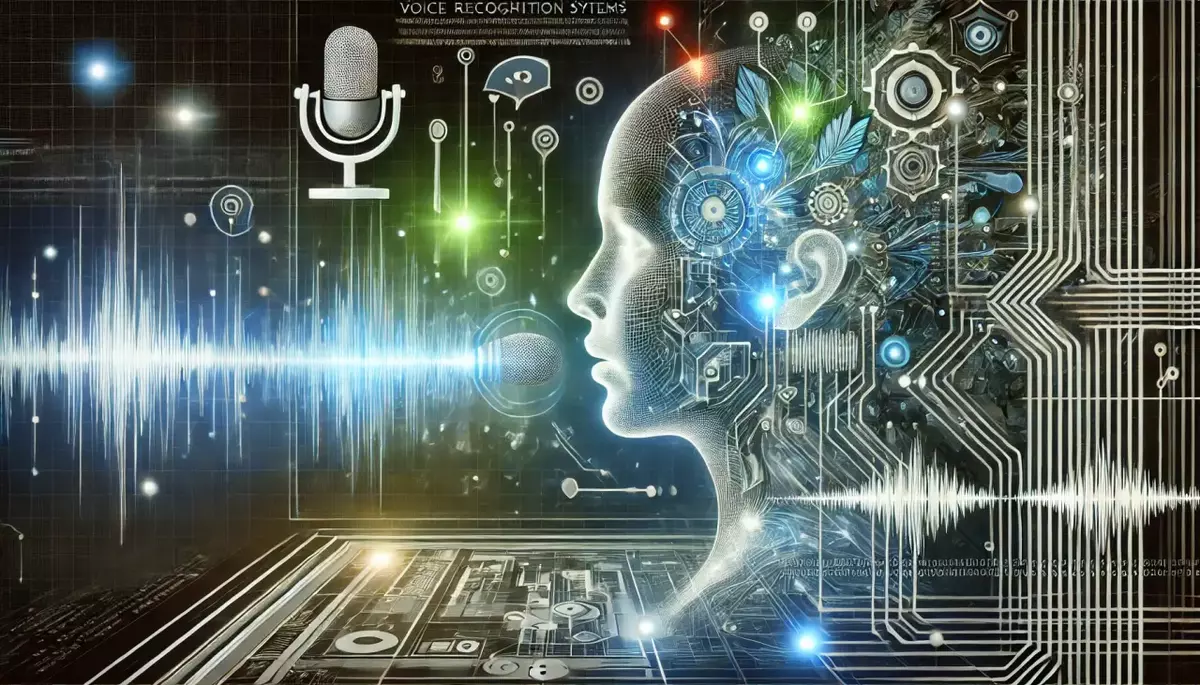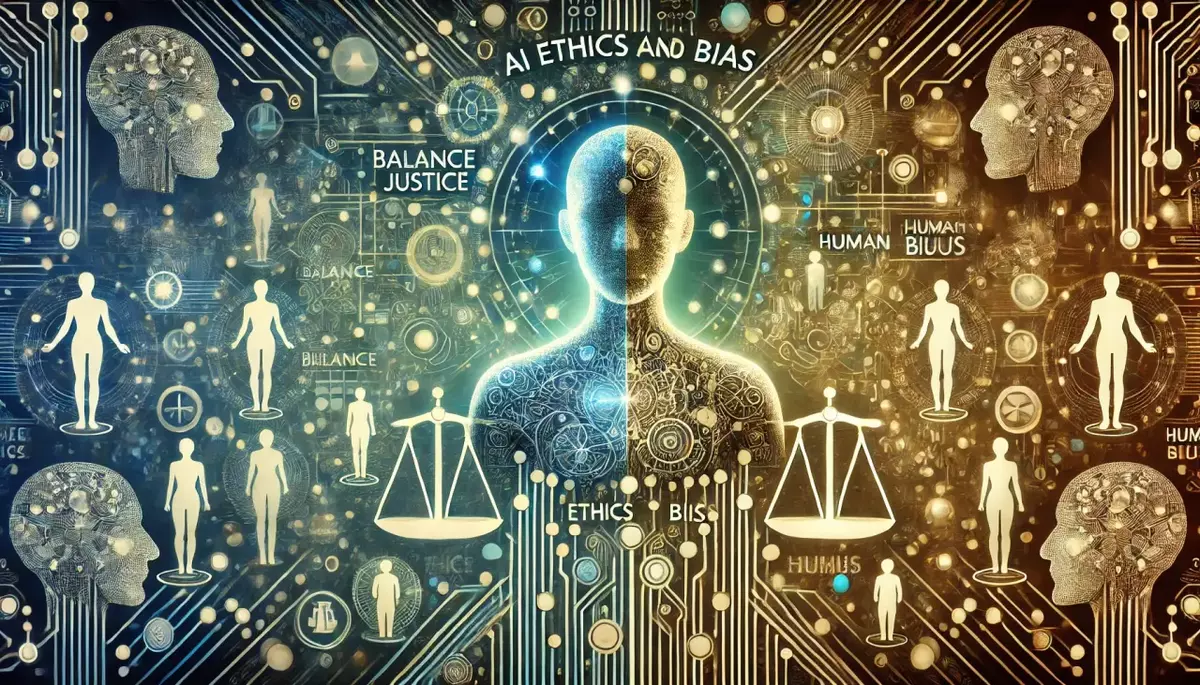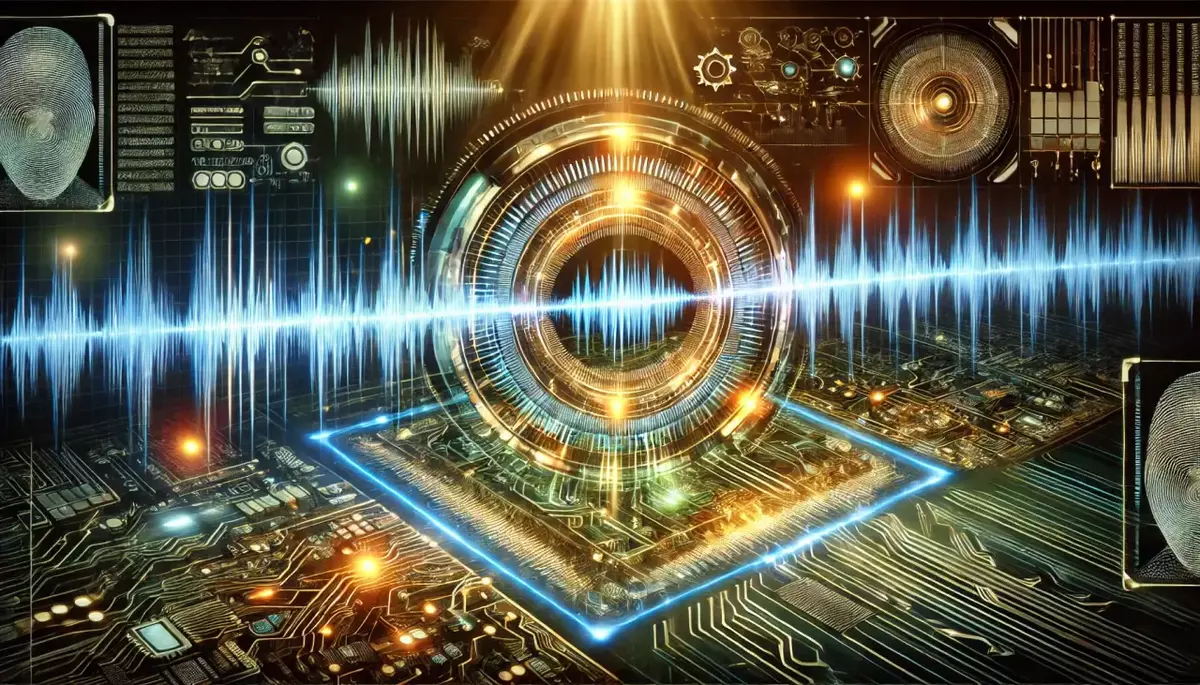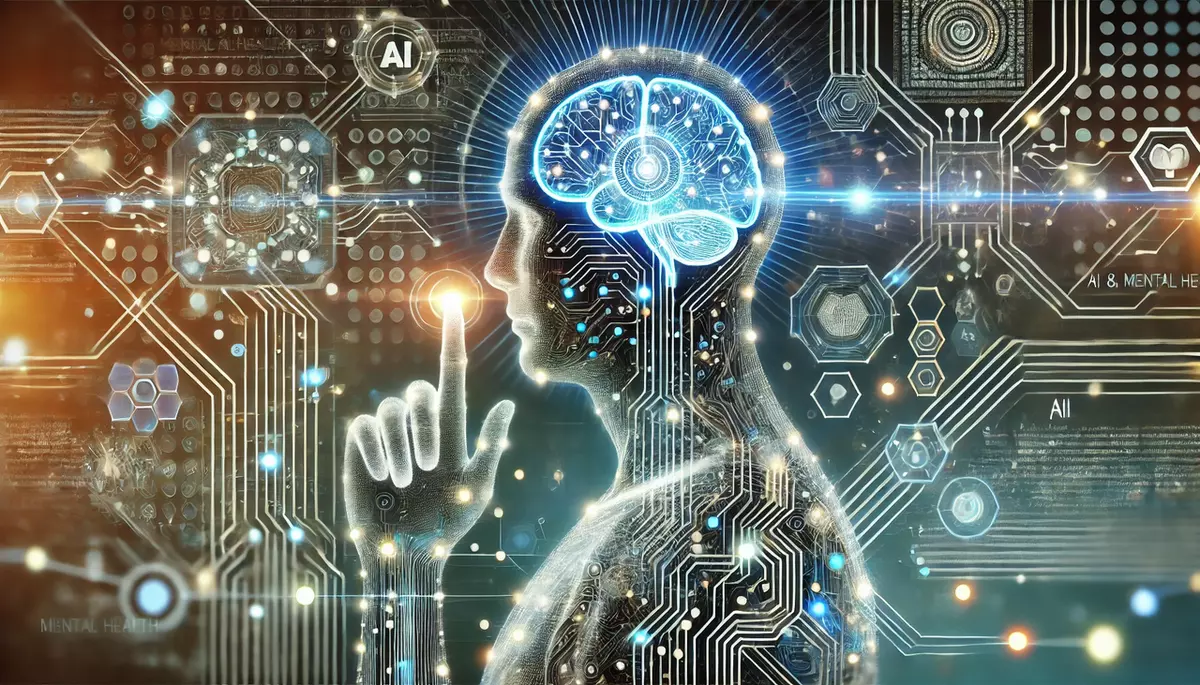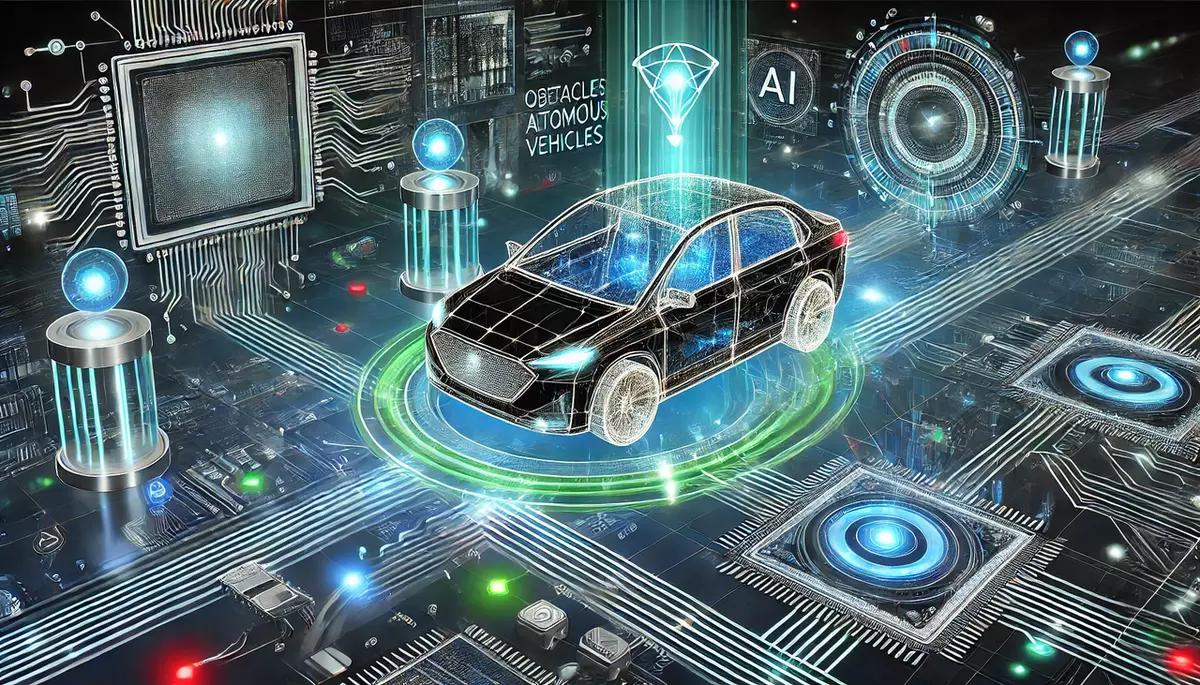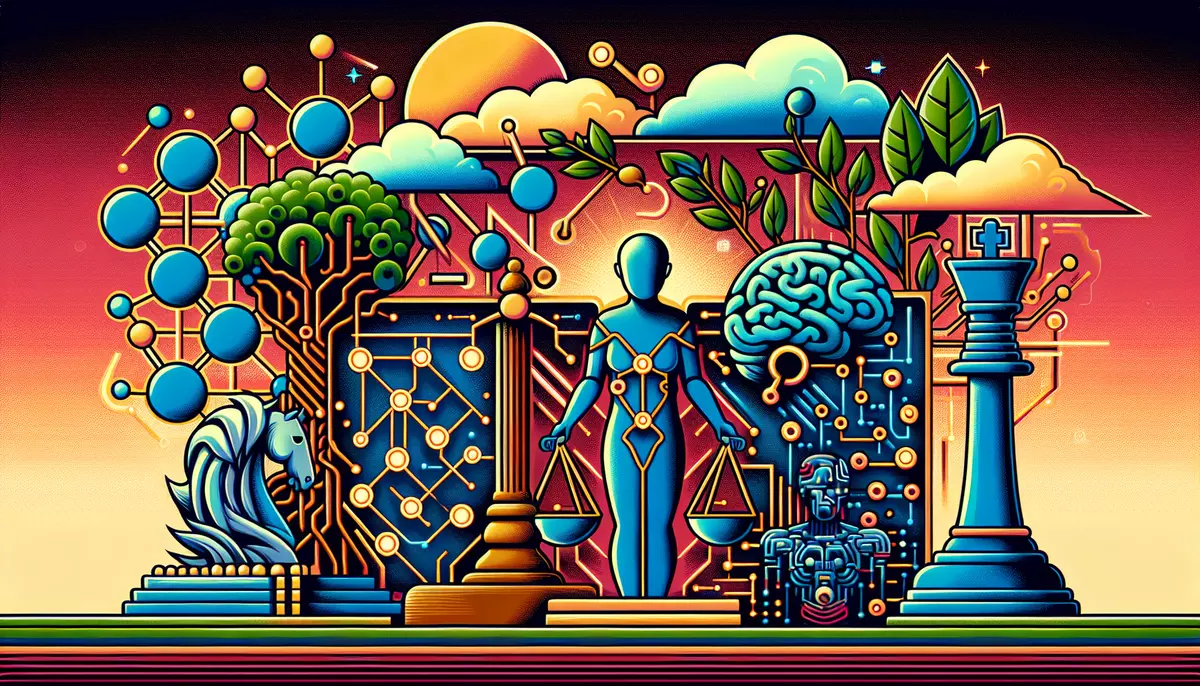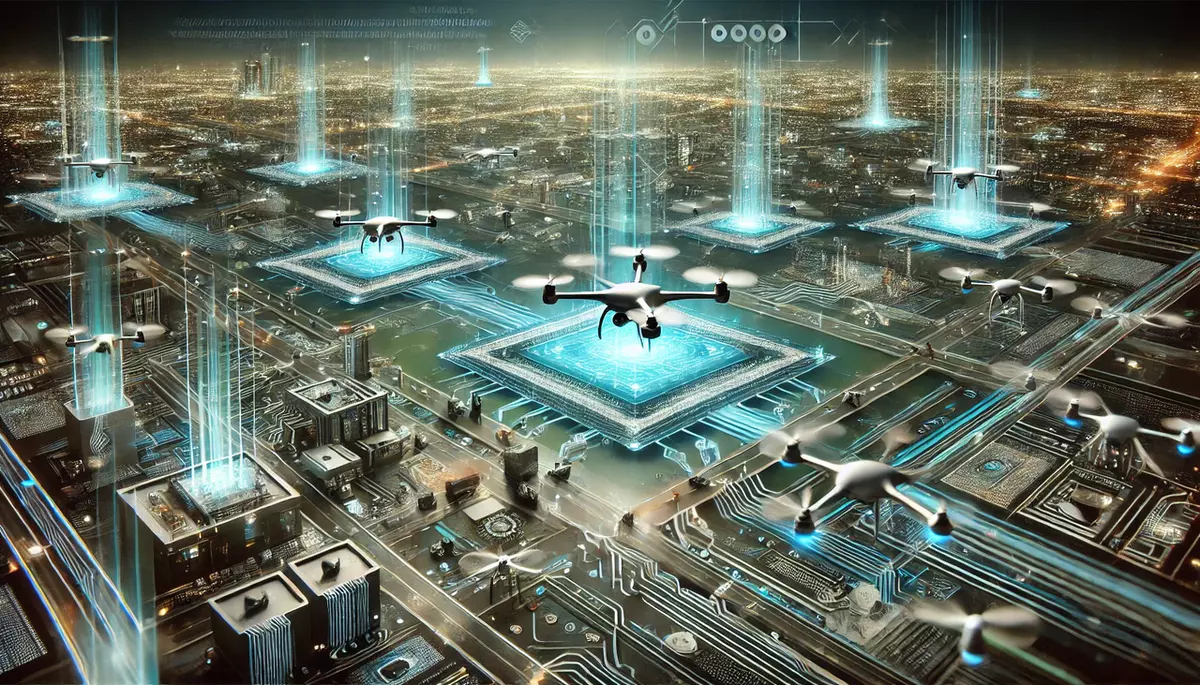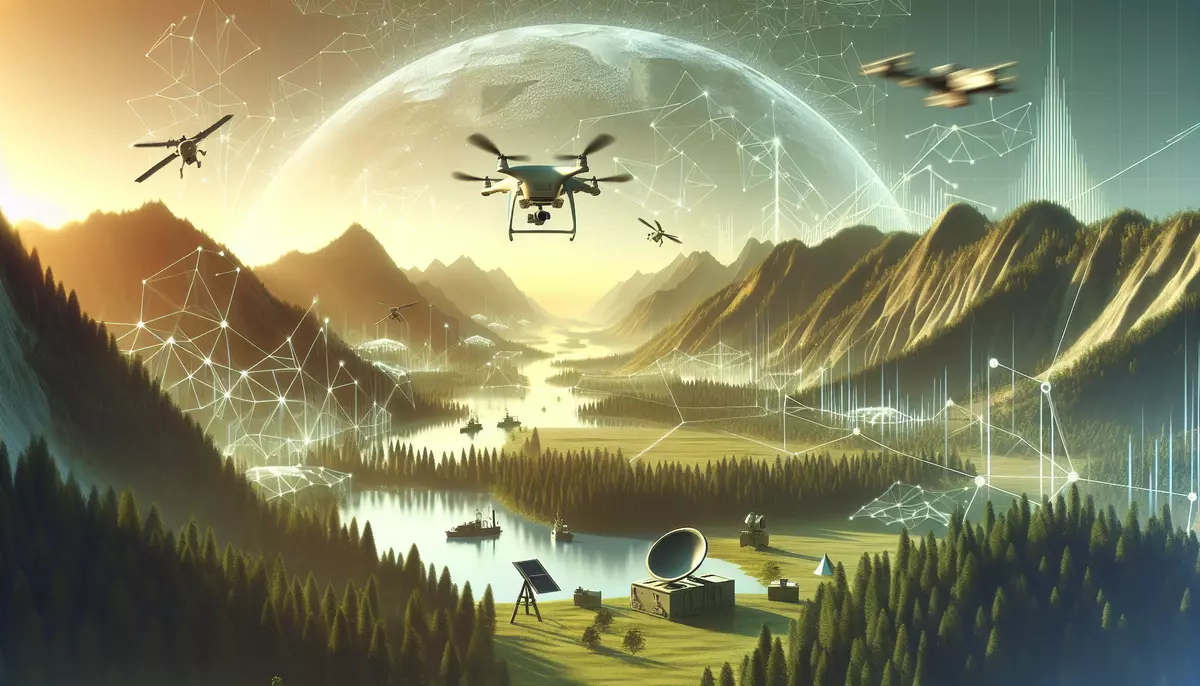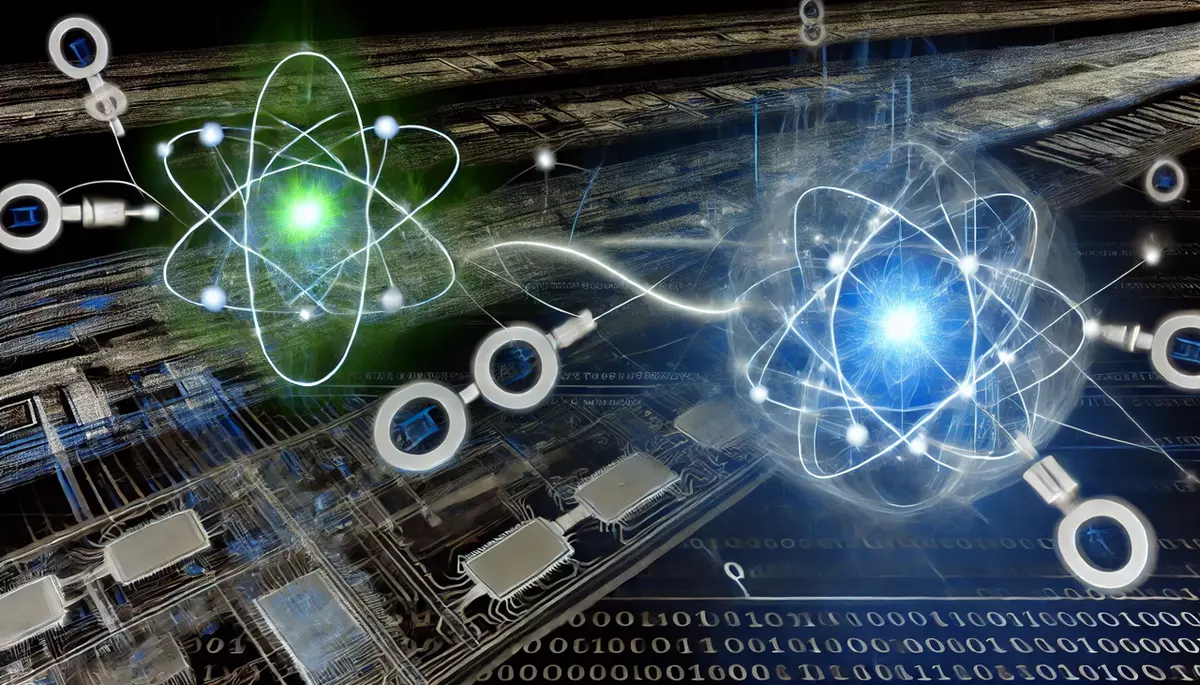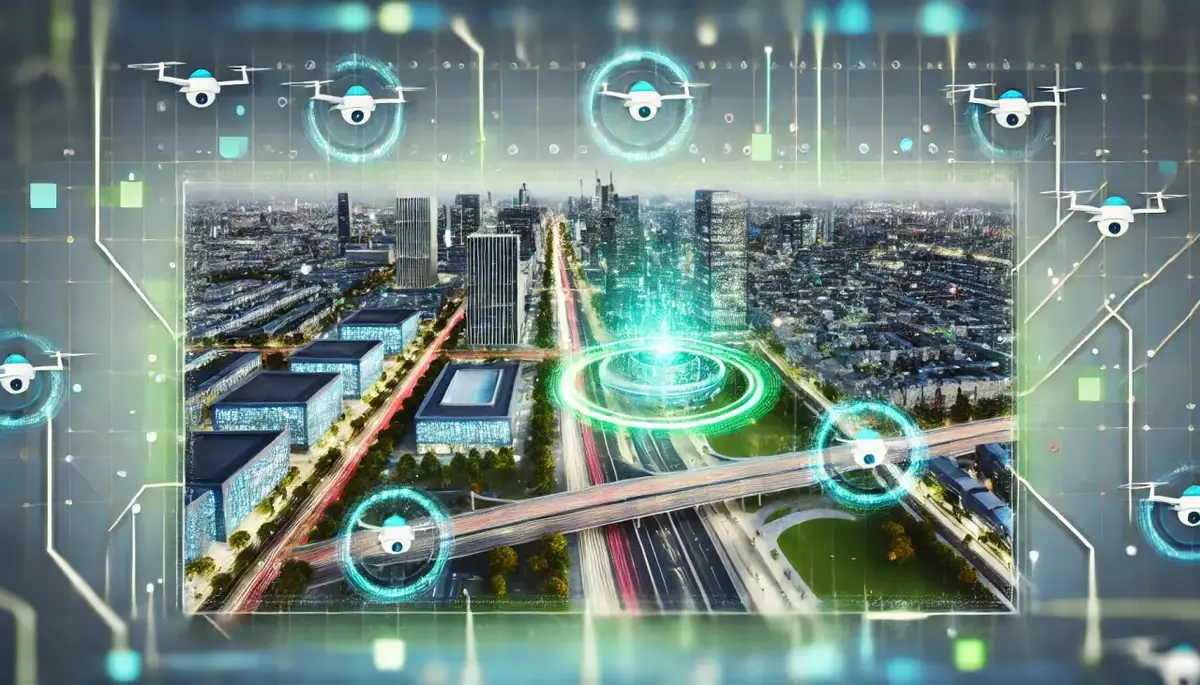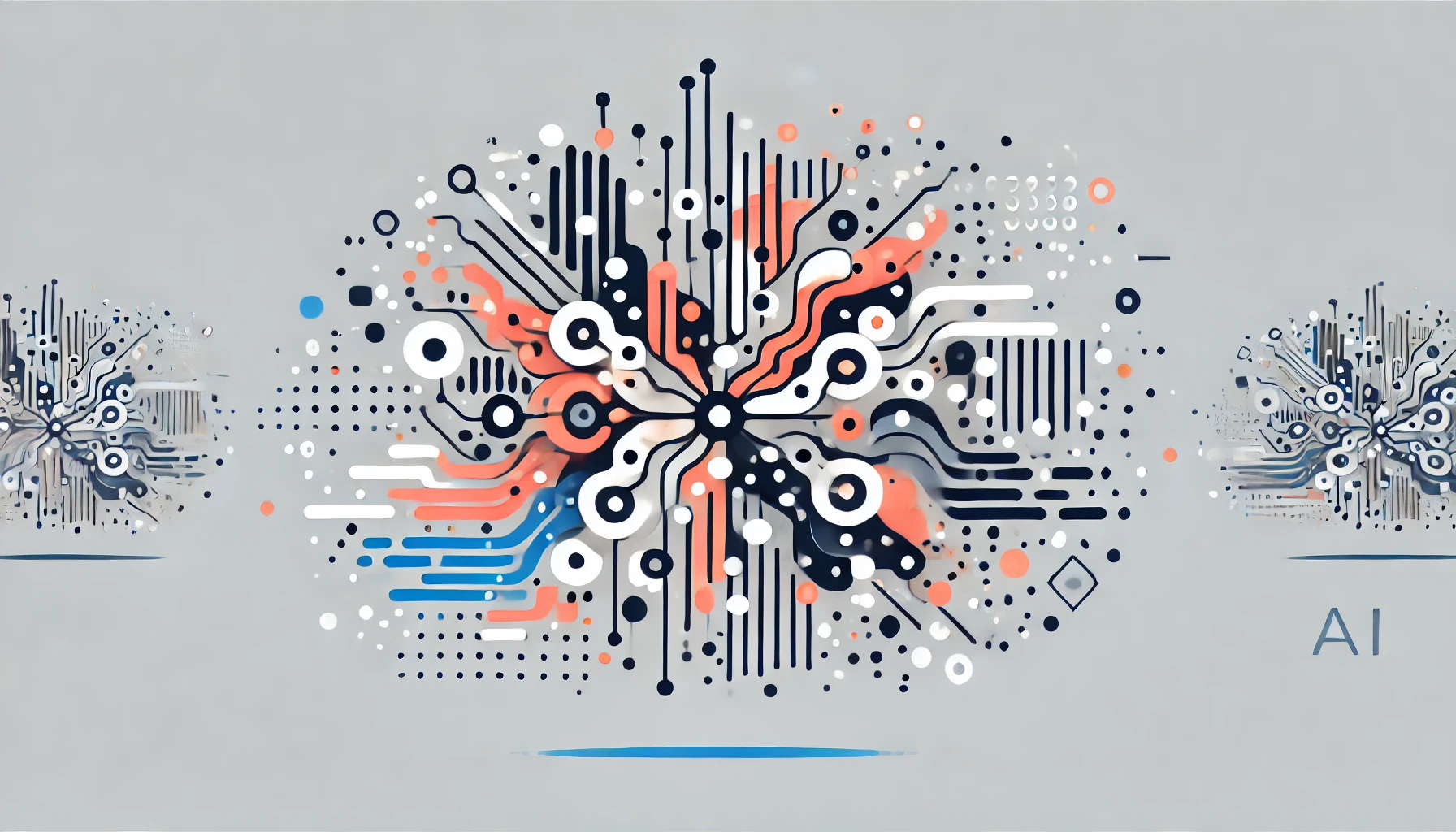Introduction
Voice recognition systems, also known as speech recognition systems, are technological solutions that enable computers and other devices to interpret and respond to human speech. These systems have become increasingly prevalent in our daily lives, from virtual assistants like Siri and Alexa to voice-controlled smart home devices and hands-free interfaces in vehicles.
What is Voice Recognition?
Voice recognition is the ability of a machine or software application to identify and interpret spoken words or phrases. It involves the conversion of audio input into text or commands that can be understood and acted upon by a computer system.
Key Components of Voice Recognition Systems:
- Speech Capture: The process of converting sound waves into digital signals that can be processed by a computer.
- Speech Recognition: The algorithms and models used to analyze the digital audio input and match it to known words or commands.
- Natural Language Processing: The ability to understand the context and meaning behind the spoken words, enabling more natural and intuitive interactions.
- Text-to-Speech: The conversion of digital text into synthesized speech, allowing the system to provide audible responses.
How Do Voice Recognition Systems Work?
Voice recognition systems typically follow a multi-step process to interpret and respond to human speech:
The Voice Recognition Process:
- Audio Capture: The system uses a microphone to capture the user’s speech as an audio signal.
- Audio Processing: The audio signal is digitized and preprocessed to remove noise and enhance the speech components.
- Speech Recognition: The system uses acoustic models and language models to match the processed audio to known words or phrases.
- Natural Language Understanding: The recognized text is analyzed to determine the user’s intent and the appropriate response or action.
- Response Generation: The system generates a response, which may be in the form of text, audio, or a specific action.
Applications of Voice Recognition Systems
Voice recognition technology has a wide range of applications across various industries and domains:
Personal Assistants:
- Virtual assistants like Siri, Alexa, and Google Assistant that can respond to voice commands and queries.
Smart Home and IoT:
- Voice control of smart home devices, such as lights, thermostats, and appliances.
Automotive:
- Hands-free control of in-vehicle infotainment systems and navigation.
Healthcare:
- Voice-based documentation and data entry in electronic medical records.
Accessibility:
- Enabling individuals with disabilities to interact with technology using voice commands.
Customer Service:
- Automated call centers and interactive voice response (IVR) systems.
Challenges and Limitations of Voice Recognition
While voice recognition systems have made significant advancements, they still face several challenges and limitations:
- Accuracy: Achieving high accuracy in speech recognition, especially in noisy environments or with diverse accents and dialects.
- Language and Vocabulary Limitations: Most systems are limited to specific languages or vocabularies, reducing their versatility.
- Privacy and Security Concerns: The use of voice data raises privacy and security considerations, such as the potential for unauthorized access or misuse.
- Contextual Understanding: Accurately interpreting the user’s intent and providing appropriate responses can be challenging, especially for complex or ambiguous queries.
Future Trends in Voice Recognition
The field of voice recognition is rapidly evolving, with several promising developments on the horizon:
- Improved Accuracy and Robustness: Advancements in machine learning and deep learning algorithms are expected to enhance the accuracy and reliability of voice recognition systems, even in challenging environments.
- Multilingual and Multicultural Support: Expanding the language and cultural capabilities of voice recognition systems to cater to a more diverse global user base.
- Multimodal Interaction: Integrating voice recognition with other input modalities, such as touch, gesture, and visual cues, to create more natural and intuitive user experiences.
- Personalization and Contextual Understanding: Developing systems that can adapt to individual users’ preferences and behaviors, and better understand the context of their interactions.
- Privacy and Security Enhancements: Implementing robust security measures and privacy-preserving techniques to address the concerns around the use of voice data.
Conclusion
Voice recognition systems have become an integral part of our technological landscape, enabling more natural and intuitive interactions with devices and services. As the technology continues to evolve, we can expect to see even more widespread adoption and increasingly sophisticated applications of voice recognition in the years to come.
This knowledge base article is provided by Fabled Sky Research, a company dedicated to exploring and disseminating information on cutting-edge technologies. For more information, please visit our website at https://fabledsky.com/.
References
- Jurafsky, D., & Martin, J. H. (2021). Speech and Language Processing (3rd ed.). Pearson.
- Rabiner, L., & Juang, B. H. (1993). Fundamentals of Speech Recognition. Prentice Hall.
- Deng, L., & Li, X. (2013). Machine Learning Paradigms for Speech Recognition: An Overview. IEEE Transactions on Audio, Speech, and Language Processing, 21(5), 1060-1089.
- Benzeghiba, M., De Mori, R., Deroo, O., Dupont, S., Erbes, T., Jouvet, D., … & Wellekens, C. (2007). Automatic speech recognition and speech variability: A review. Speech Communication, 49(10-11), 763-786.
- Bahl, L. R., Jelinek, F., & Mercer, R. L. (1983). A maximum likelihood approach to continuous speech recognition. IEEE Transactions on Pattern Analysis and Machine Intelligence, (2), 179-190.

